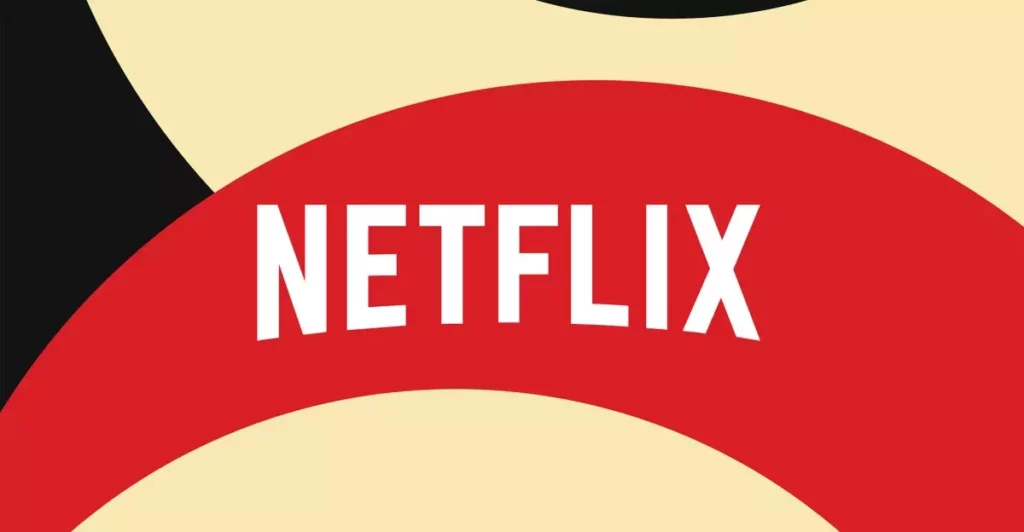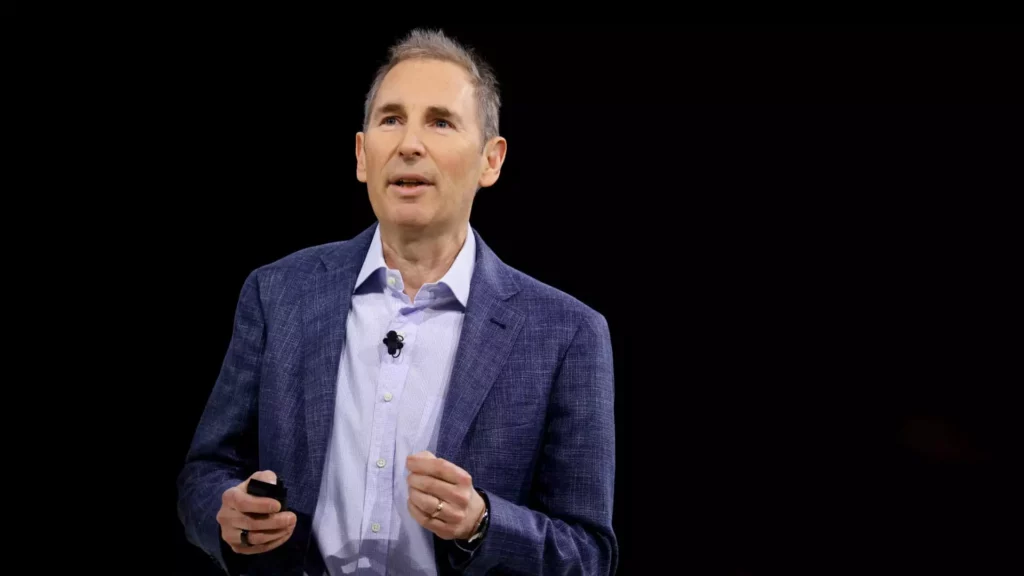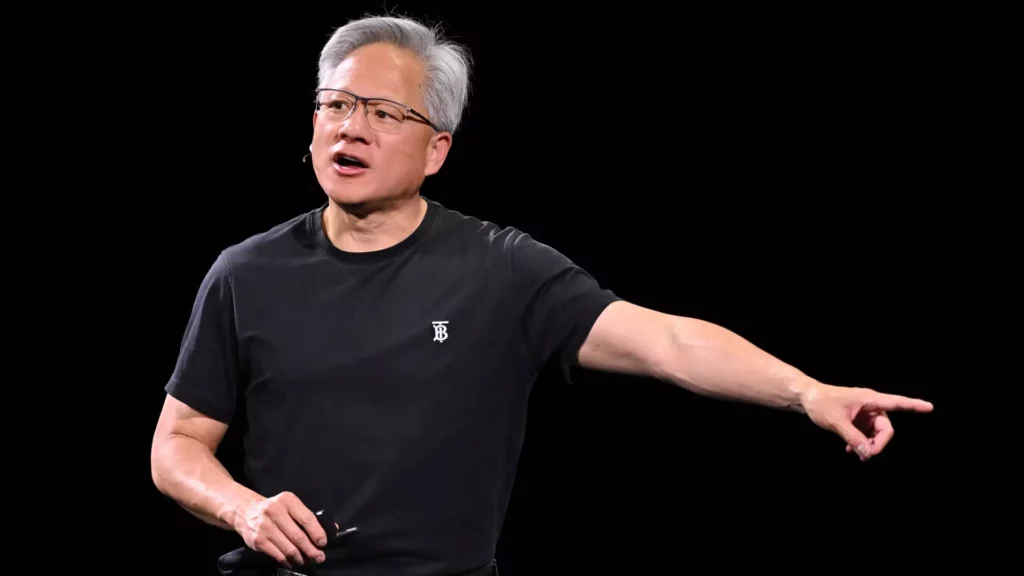In a bold and strategically astute decision, Netflix has embraced HDR10 Plus, marking a significant pivot away from the widely recognized Dolby Vision. This move prioritizes the needs and preferences of consumers, particularly the underserved demographic of Samsung TV users, who often felt marginalized in the HDR genre. By supporting HDR10 Plus, Netflix doesn’t merely enhance the visual experience; it positions itself as a consumer-focused powerhouse that understands the changing tides of viewing preferences. This change is not just about technology; it embodies a larger narrative of accessibility and equality in entertainment.
One cannot overlook how this development casts a broader shadow over the competitive landscape of streaming services. With HDR10 Plus offering dynamic metadata similar to its rival but without the associated licensing fee burden, Netflix’s choice sets a precedent. While Dolby Vision still enjoys widespread recognition and adoption, the royalty-free nature of HDR10 Plus democratizes the technology, allowing more manufacturers and creators to integrate high-quality HDR into their offerings without the prohibitive costs that often accompany alternatives.
Samsung’s Growing Dominance
The strategic partnership between Netflix and HDR10 Plus aligns particularly well with Samsung’s robust standing in the television market, where it commands an impressive 30 percent share. This collaboration does more than enhance the viewing experience; it solidifies Samsung as a key player in the HDR arena, reinforcing its offerings against the competition. For consumers, this means a richer tapestry of visual experiences that capitalize on the capabilities of their high-end TVs, while simultaneously raising the bar for competing streaming platforms.
This can be seen as a direct challenge to not only Apple and Disney but also to the traditional cable providers who may struggle to keep pace with such technological advancements. Netflix’s integration of HDR10 Plus is both an invitation and an ultimatum; content creators and distributors now have a vibrant canvas on which to paint their narratives, urging them to explore new dimensions in storytelling.
The Nuances of Tone Mapping
At the heart of HDR10 Plus’s appeal is its noteworthy scene-by-scene tone-mapping technology. Unlike its predecessor, HDR10, which employs a more static approach, HDR10 Plus dynamically adjusts brightness and color based on each specific scene. This innovation provides an opportunity for filmmakers and creators to delve deeper into their aesthetic visions. Rather than simply replicating how a scene might appear in life, HDR10 Plus enables a more stylized and intentional representation of visual narratives.
This is particularly important in an age where viewers’ expectations are soaring—consumers are demanding not just content, but content that looks spectacular. Indeed, the art of cinematic storytelling cannot be understated, and as Netflix ventures further into original content, the implications of advanced HDR capabilities are vital. With HDR10 Plus in its arsenal, Netflix is inviting creators to elevate their craft, thereby pushing the boundaries of what is acceptable and exciting in visual media.
Streamlined Access and User Experience
What truly sets this decision apart is its impact on user accessibility. By integrating HDR10 Plus into its Premium plan, Netflix has made strides toward harmonizing content quality with availability. The recent implementation of the AV1 video codec simplifies access, guaranteeing a smoother streaming experience on modern televisions equipped with cutting-edge technology.
This not only benefits those with high-end devices but serves as a template for other services grappling with consumer expectations and technical limitations. If the consumer is king, Netflix is proving to be the benevolent ruler by enabling an HD experience that feels inclusive and widely available, unlike some competitors that may cling tightly to exclusive formats.
A Path Forward in Streaming
As the competitive landscape continues to evolve, Netflix’s decision to support HDR10 Plus may usher in a broader trend towards an inclusive HDR ecosystem. Other platforms have already begun recognizing the merits of this technology—a sign that HDR10 Plus is not merely a fleeting blip, but rather a vital element of multi-faceted viewing experiences.
With a goal to expand its HDR10 Plus catalog significantly by 2025, Netflix is demonstrating a commitment not just to its users, but to the very nature of visual storytelling in the digital age. In doing so, it underscores the value of innovation, urging content creators across all platforms to embrace the richness of high-quality HDR. As we gaze into the future, it seems abundantly clear that Netflix is dedicated to enhancing the viewing journey, inviting all stakeholders in the entertainment industry to rise to the occasion.









Leave a Reply